What if your clothes could do more than just cover you? Dr. Stan Swallow and Asha Thompson made it possible by creating conductive fabrics that integrate electronic circuits. With endless possibilities for smart clothing that can be used in any field – from medical care to sport and more – the inventors turned their cutting-edge technology into a successful business with global impact.
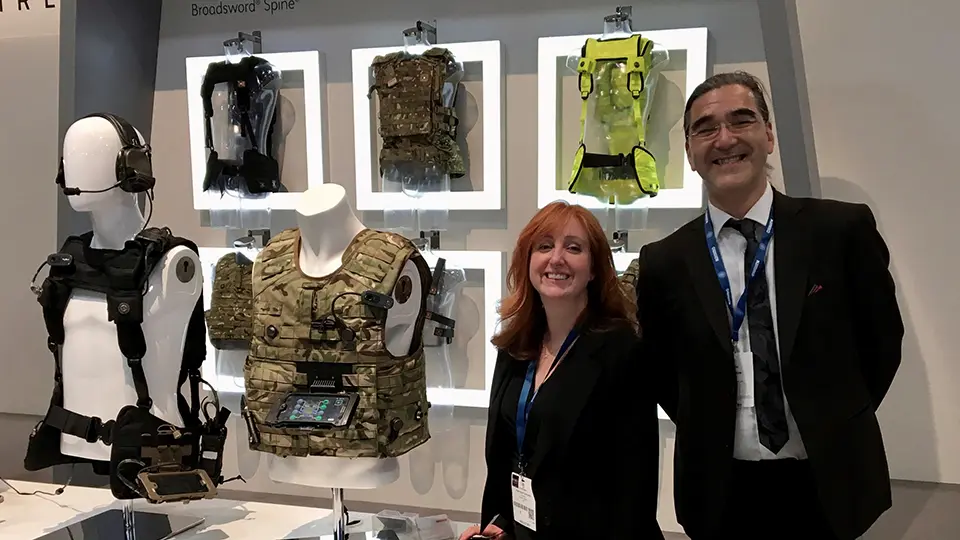
The challenge of integrating electronics into textile
In 2000, two Brunel University (UK) academics, Dr. Stan Swallow and Asha Thompson, created a process of weaving complex electrical circuits into conductive fabrics such as cotton, wool and polyester. With the increasing miniaturization of electronics, the potential for developing such electronic fabrics has attracted considerable attention worldwide, but one major challenge remained: maintaining the flexibility of fabrics with electronic functionality within them. A whole new world of “e- textiles” opened with the invention of Swallow and Thompson, which allowed embedding complex technologies in both special purpose garments and everyday clothing.
The revolution in smart fabrics
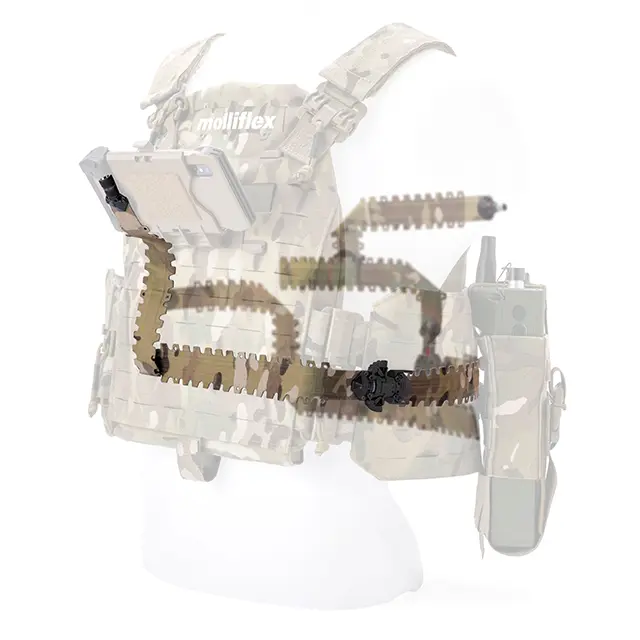
Stan combined his expertise in electronics with Asha’s weaving and knitting skills to research and develop fabric with sensors, initially designed for assisting cerebral palsy patients’ access to computers, at the University’s Design for Life Center.
Whereas previous technologies involved fusing multiple layers of cloth, Stan and Asha’s fabric is a flat piece of cloth that looks like any other. Woven with conductive fibers and connected to an energy source such as a battery, the fabric can, for example, incorporate heating elements to warm a glove; or sensors that respond to pressure transforming a piece of cloth into a computer keyboard. In the years since that first invention, the pair have developed fabrics that can transmit digital data signals, change color, act as antennas, or detect temperature, force, moisture, impact and even blood loss.
Patenting an invention as university researchers
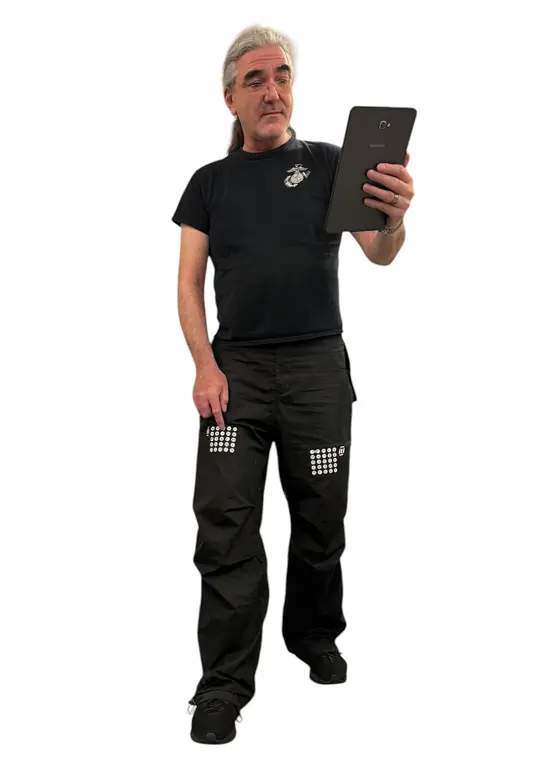
Following the development of the sensory fabric, the University patented the product in the United Kingdom. In accordance with the University’s intellectual property (IP) policy, the patent rights were owned by the University and not the inventors. The inventors, however, were involved in the patenting process.
After several years of work at the Design for Life Center, Asha and Stan concluded that they had exhausted their research potential within academia and decided to create an independent company for their product. They felt that although the university could provide further research and development opportunities in different areas, the technology demanded to be mass-produced to fulfil its potential. They needed to commercialize the product quickly.
At the same time, they understood that they needed to acquire the IP rights of the product in order to further develop it. After a prolonged negotiation with Brunel, the inventors successfully convinced the University authorities to sell the patent rights to the original inventors. In 2002, Asha and Stan bought back the rights, emptying their savings accounts and borrowing from family and friends to do so.
The birth of Intelligent Textiles Limited
The inventors established Intelligent Textiles Limited (ITL) in 2002, making sure that their selected name was unique and available - including as an internet domain.
Prioritizing IP management at ITL
From the start, Asha and Stan viewed IP protection as a basis for their business development. Shortly after establishing ITL, they decided to expand the patent’s reach by filing international patent applications under the Patent Cooperation Treaty (PCT) and regional applications with the European Patent Office (EPO). Patent applications have also been made in the United States and Canada. Luckily, they could continue their relationship with the same renowned attorneys that had filed the original patent for the university.

Today, the company owns 30 patents in six families, as well as 3 trademarks. ITL has spent more than £300,000 (US$ 390,000) on IP filings and protection, not including the initial cost of buying the patent from the university. The company continues to spend as much as £50,000 (US$65,000) per year on IP-related issues.
Asha and Stan still do much IP work in-house to save money, and because they prefer to remain closely involved in this critical part of their business. They draft the descriptions and diagrams, whilst their patent attorney formalizes the documents, structures the claims and files them. Stan spends time scanning the EPO’s database by keywords, inventor names and company names to check for infringement of ITL’s patents, the movements of competitors, and just for inspiration.
ITL’s business success
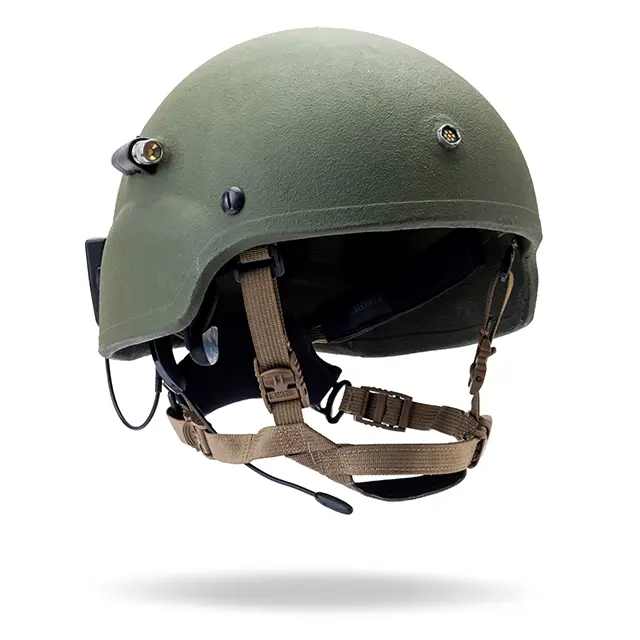
By 2024, Intelligent Textiles may have expanded its turnover tenfold from those early days, but has remained consciously small and lithe. Asha and Stan are still the sole directors, albeit nowadays supported by many dozens of subcontractors and partner organisations. ITL retains its reputation as a niche research and development consultancy, whilst simultaneously exploiting its in-house inventions through licensing and partnering. As such, its most important output is its patented intellectual property.
The company that used to serve a handful of customers – using their innovation for MP3 player controls, ski-boot heating, and reclining furniture – today has a customer list of multinational corporations and foreign governments. Since forging a reputation in defense applications in the mid-2010s, ITL has licensed its technology to BAE Systems for networking soldiers, and similarly to the aerospace and defense connectivity company Amphenol. ITL’s latest product, Molliflex®, is a revolutionary new type of e-textile cable. The company also continues to sell its know-how through consulting contracts to a range of industries in Europe and the United States, as well as conducting government research.
Intelligent Textiles using IP for business growth
The inventors have retained ITL’s market position through a first-to-market strategy combined with strong management of its IP. Starting from the birth of their company, Asha and Stan did rather well in terms of returns: IP protection gave them an upper hand while dealing with customers.
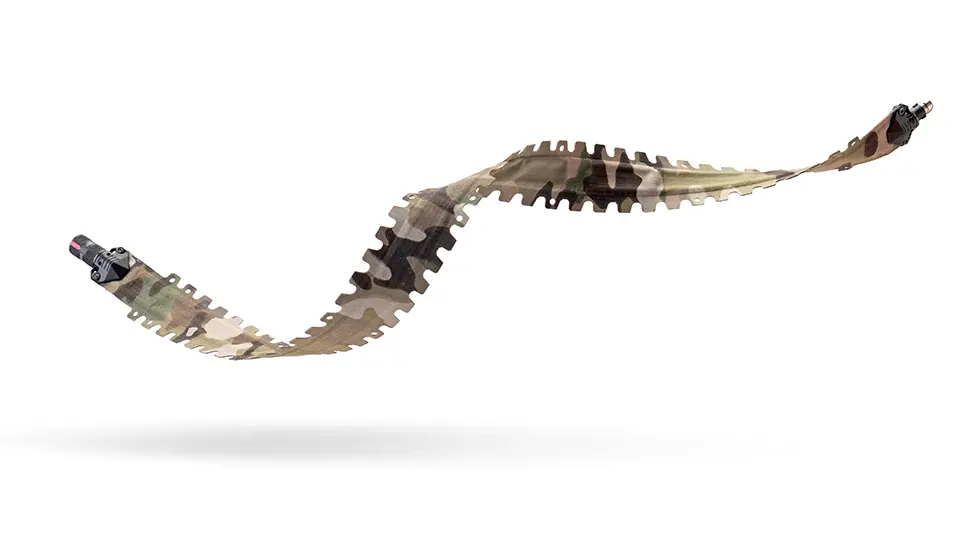
The filing with the EPO gave them an unexpected advantage during negotiations with their very first customer, Australian Wool Innovation. "It was stated in no uncertain terms that had our patent only been granted by Australian authorities instead of the European Patent Office, it wouldn’t have been valued nearly as highly," says Asha. The resulting contract was large enough to fund further development and to pay back family and friends. The company has been operating on cash flow ever since.
As the company continues to invent and develop new products in ever-widening markets, the importance of its intellectual assets is even greater: “Without our patents,” says Asha, “we probably wouldn’t have a company.”


